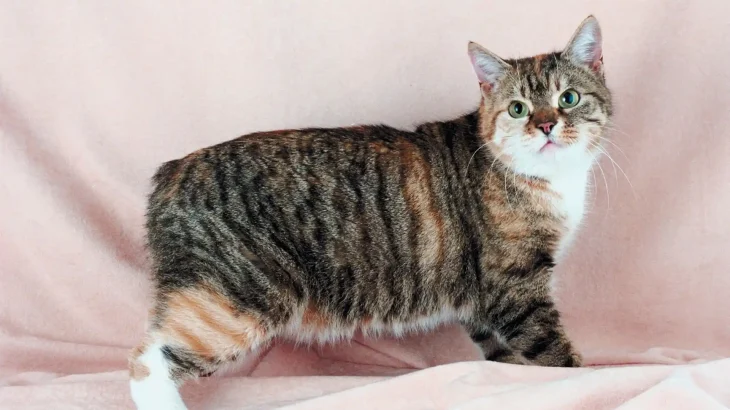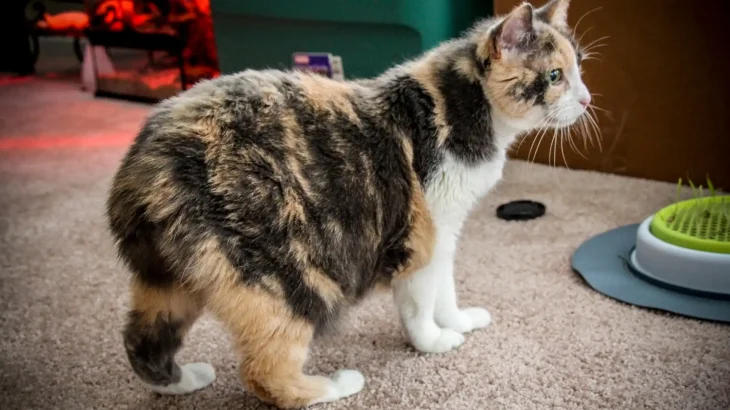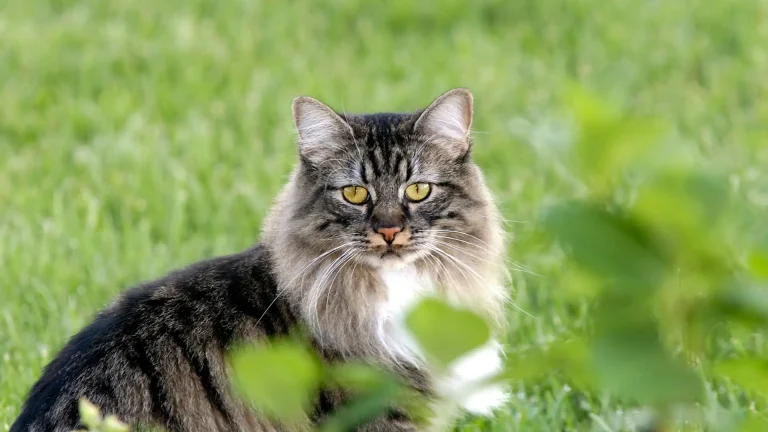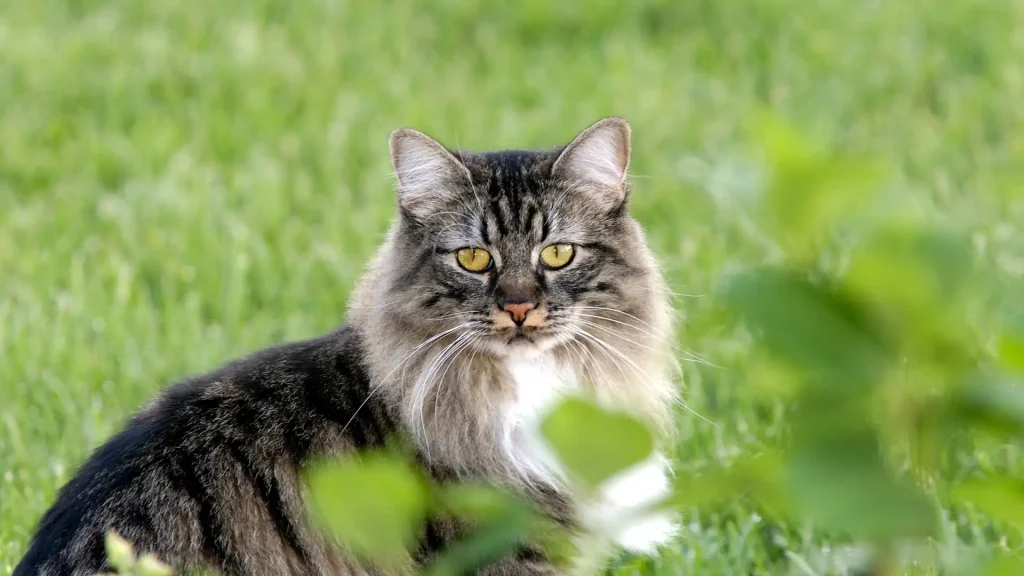When deciding on a Manx Longhair kitten, you face the choice of adoption or purchasing from a breeder. Buying from a breeder often ensures access to detailed health and lineage information, while adoption may be more affordable and gives a needy cat a second chance.
Adoption vs. Breeder: Pros & Cons
| Criteria | Buying from Breeder | Adopting from Shelter/Rescue |
|---|---|---|
| Cost | Higher initial cost, reflecting breed purity and breeder care. | Lower adoption fees, often including vaccinations and spaying/neutering. |
| Health History | Comprehensive health records and genetic testing usually provided. | Health background may be limited; basic exams typically done. |
| Age Availability | Primarily young kittens, allowing early bonding and socialization. | A range of ages including kittens, adults, and seniors. |
| Temperament Insight | Breeders can share lineage-based temperament traits and personality. | Shelter staff may provide behavior observations but with less background info. |
| Supporting Practices | Supports selective breeding programs; important to choose ethical breeders. | Supports animal welfare by offering homes to cats in need. |
| Risk of Genetic Disorders | Breeders often screen for breed-specific genetic issues, reducing risk. | Risk can be unknown; mixed background may reduce some specific genetic risks. |



















































